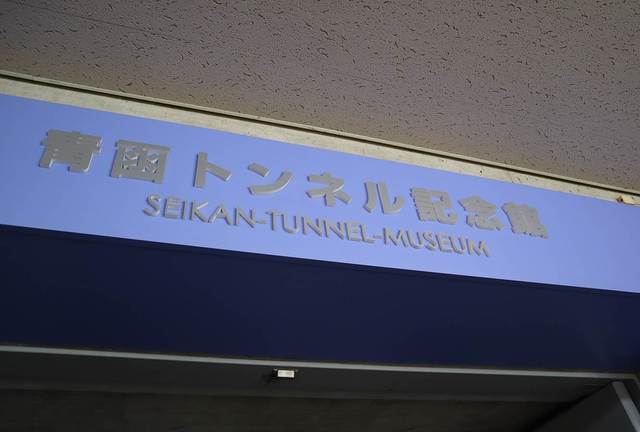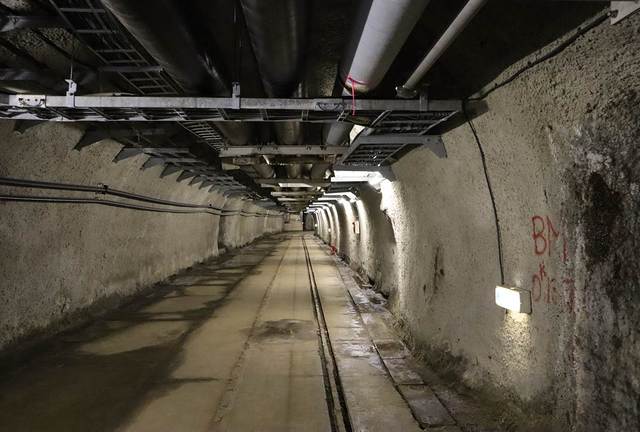Tohoku Series: Seikan Tunnel Museum (一般財団法人 青函トンネル記念館)
| Travel Reports by Villagemayor | view profile of Villagemayor |
| previous post |
| next post |
| Note: The opinions and views expressed in this user report are those of the individual author and do not necessarily reflect the opinions and views of japan-guide.com. |
October 23, 2018 - Tohoku Series: Seikan Tunnel Museum (一般財団法人 青函トンネル記念館)
This travel report is a continuing series highlighting the various destinations of the Tohoku Region. In this report I continue the tour of Cape Tappi.
As part of the Cape Tappi tour, one place I had always wanted to visit was the Seikan Tunnel Museum. The Seikan Tunnel was completed in 1988 and has the second longest undersea tunnel component in the world. The tunnel is 54 kilometres in length with 23.3 kilometres of it under the seabed. The tunnel is also 100 metres below the seabed as well. Both freight trains and the Hokkaido Shinkansen runs through the tunnel. Due to the opening of this tunnel, the ferry service linking Aomori and Hakodate decommissioned for good.

The museum itself is rather interesting as there are a number of dioramas of trains and the tunnels that make up the Seikan tunnel. Everything was in Japanese so I couldn't fully appreciate description of each display. Still, you can kind of decipher what they are showing.
The main feature of the museum is the chance to go 140 metres below the surface to tour the service tunnel of the Seikan Tunnel. This was highly anticipated as I had been waiting for this chance for a whole year.
Once in the tunnel, you don't feel too apprehensive as the tunnels are brightly lit and wide. Ceiling heights are probably 9.5 feet so there is a lot of circulation and it feels rather cool.

Despite the huge extent of the Seikan Tunnel, its not like you can roam around forever. Guests are allowed access to only a very small portion of the tunnel itself. Not that you want to run around because there are tunnels that lead in all directions.
As part of the exhibits are the real life displays of past equipment and vehicles used to drill through the dense bedrock. Remember the tunnel goes down 240 metres below sea level. The staff member taking us around talks very little as a pre-recorded message is played at each display. Everything is in Japanese but again you can sense the dangers the workers had to go through to get this built.

After about an hour of touring, it is back up to the surface. They use a cable car type of "train" using a long metal chain pulled up and down the tracks. The Mogula (Mole) Train transports tunnel staff as well as tourists. As you can see, the tunnel is angled about 45 degrees so the ride up was slow, bumpy, and loud.

Overall I highly recommend visiting the Seikan Tunnel Museum even if its for the tunnel segment. It gives you a real life opportunity to visit a fully operational tunnel which was really neat.
| previous post |
| next post |
